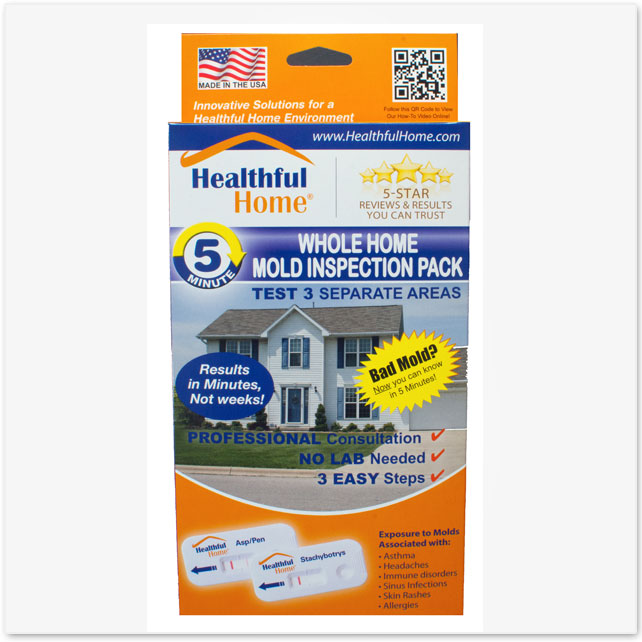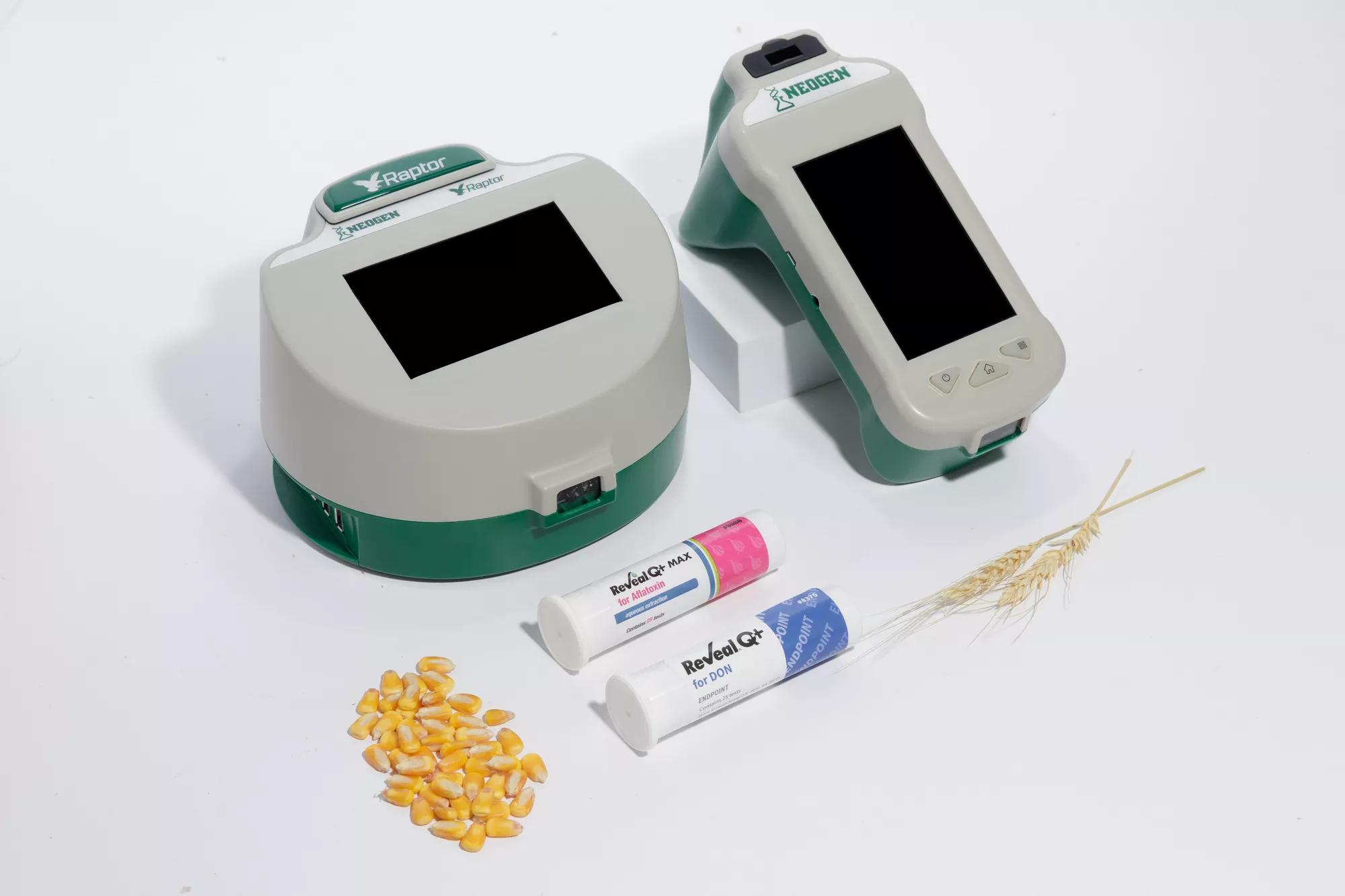Boost Your Safety And Security Protocols with Expert Mycotoxin testing Services
Boost Your Safety And Security Protocols with Expert Mycotoxin testing Services
Blog Article
Exactly How Mycotoxin Screening Aids Protect Against Contamination and Safeguard Food Supplies

Mycotoxin screening is an essential practice in the food sector, offering as a frontline protection against contamination by harmful contaminants generated by mold and mildews. Through the application of sophisticated strategies like High-Performance Fluid Chromatography (HPLC) and Liquid Chromatography-Mass Spectrometry (LC-MS), food producers can properly measure and spot mycotoxin levels in agricultural items. This positive method not just makes sure compliance with strict safety policies however likewise alleviates health and wellness risks to consumers. Regular screening strengthens brand name online reputation and economic health and wellness by decreasing contamination-related incidents. So, just how exactly do these screening procedures integrate right into the wider food security approach?
Comprehending Mycotoxins
Comprehending mycotoxins begins with acknowledging that they are harmful additional metabolites created by specific molds, which can contaminate agricultural products. These metabolites are not important for the growth or reproduction of the fungi yet can have extreme effects for animal and human wellness. Mycotoxins are frequently discovered in staple crops such as corn, wheat, barley, and nuts, where they can proliferate under specific conditions of dampness and temperature level.
There are numerous kinds of mycotoxins, each created by various fungal types. Aflatoxins, created by Aspergillus types, are among the most infamous, understood for their carcinogenic buildings. One more significant team includes ochratoxins, generated by Aspergillus and Penicillium types, which have nephrotoxic impacts. Fusarium species generate trichothecenes and fumonisins, both of which are related to various severe and chronic health and wellness issues.

Risks of Mycotoxin Contamination
The threats of mycotoxin contamination are diverse, posing significant threats to both food safety and security and public health and wellness. Mycotoxins, harmful compounds created by certain sorts of fungi, can contaminate a large range of agricultural products consisting of cereals, nuts, spices, dried fruits, and coffee. When these contaminants infiltrate the food supply, they can bring about major wellness issues such as liver damages, kidney failure, and even cancer. At risk populations, consisting of children, the elderly, and immunocompromised people, are particularly in jeopardy.
Financial influences are an additional major problem. Contaminated crops can lead to substantial financial losses for farmers and food producers due to reduced returns and the need for costly purification measures. International trade can be dramatically impeded as nations implement strict mycotoxin guidelines to shield their populaces, leading to denied deliveries and stretched profession relations.
Environmental aspects such as climate adjustment exacerbate the risk of mycotoxin contamination. Variants in temperature and humidity can produce positive problems for fungal development, raising the chance of contamination occasions. Thus, understanding and mitigating these risks are vital for making sure the safety and security and stability of worldwide food products.
Methods of Mycotoxin Checking
Accurately determining mycotoxin contamination in farming products is vital for guarding public health and wellness and maintaining food safety criteria. Numerous techniques are used to identify and quantify mycotoxins, each offering certain advantages and constraints.
High-Performance Liquid Chromatography (HPLC) is a commonly made use of method because of its high sensitivity and precision. It includes separating mycotoxins from various other substances in a sample, enabling accurate quantification. In A Similar Way, Liquid Chromatography-Mass Spectrometry (LC-MS) integrates fluid chromatography with mass spectrometry to give comprehensive molecular info, making it specifically beneficial for determining numerous mycotoxins at the same time - Mycotoxin testing Services.

Gas Chromatography-Mass Spectrometry (GC-MS) and Thin-Layer Chromatography (TLC) are also employed, each with distinct applications. GC-MS look at these guys is efficient for unstable mycotoxins, while TLC offers an easier, cost-efficient choice for preliminary screening.
Benefits of Normal Testing
Normal screening for mycotoxins in farming products supplies many benefits, substantially contributing to public wellness and food safety and security. By determining contamination early, regular screening helps prevent the circulation of hazardous foods, therefore lowering the risk of mycotoxin-related diseases amongst consumers. This positive method not just safeguards human wellness however additionally enhances the total quality of food supplies.
Regular testing also sustains governing conformity. Different nations and areas have actually developed stringent restrictions for mycotoxin degrees in food and feed. Adhering to these limitations with regular testing makes sure that producers and providers satisfy lawful requirements, consequently staying clear of charges and trade barriers. Moreover, maintaining conformity fosters consumer count on and brand name online reputation, which are critical for market success.
Furthermore, normal mycotoxin testing can bring about significant financial benefits. Early discovery of contamination permits prompt treatment, reducing prospective losses from prevalent contamination. Applying regular screening procedures can likewise lessen recall prices and related obligations, which can be financially ruining.
Furthermore, normal testing provides useful information that can educate far better agricultural methods and storage space problems. By recognizing patterns of contamination, manufacturers can embrace safety nets, consequently minimizing future dangers and contributing to the sustainability of the food supply chain.
Applying Examining Methods
Carrying out efficient mycotoxin testing protocols is essential for making sure the security and quality of agricultural items. Establishing a robust screening structure entails several key steps, beginning with the identification of potential contamination factors within the production and supply chain. This includes pre-harvest, post-harvest, storage space, and distribution stages. Each stage should be looked at to determine where mycotoxin contamination is probably to occur.
Once important control points are recognized, choosing appropriate screening methods is crucial. Typical techniques consist of enzyme-linked immunosorbent assay (ELISA), high-performance liquid chromatography (HPLC), and mass spectrometry (MS) Each approach has its toughness and weaknesses; hence, choosing the proper one depends upon the details mycotoxin being evaluated, the called for about his sensitivity, and readily available resources.

Finally, incorporating the testing protocols into an extensive food safety and security administration system is advisable. This improves traceability and allows swift rehabilitative actions when contamination is identified, therefore guarding the honesty of the food supply chain.
Final Thought
Mycotoxin screening is necessary in protecting against contamination and securing food products by making it possible for very early detection of harmful toxic substances created by molds in agricultural items. Advanced approaches such as HPLC and LC-MS make sure conformity with security guidelines and protect customers from health risks. Regular screening enhances brand credibility, Continue monetary security, and rely on food safety and security by minimizing contamination-related losses and maintaining high standards in food production. Carrying out strenuous testing procedures is therefore vital for the sector's total health.
Mycotoxin testing is a crucial practice in the food sector, serving as a frontline defense against contamination by damaging contaminants generated by mold and mildews. An integrated strategy entailing farming practices, storage space administration, and regular screening can alleviate the risks associated with mycotoxin contamination, ensuring food security and public health and wellness.
The dangers of mycotoxin contamination are multifaceted, posing significant hazards to both food safety and security and public health and wellness.Regular screening for mycotoxins in farming products offers numerous advantages, substantially contributing to public health and food safety and security.Mycotoxin testing is important in preventing contamination and guarding food materials by enabling very early detection of hazardous contaminants created by molds in farming products.
Report this page